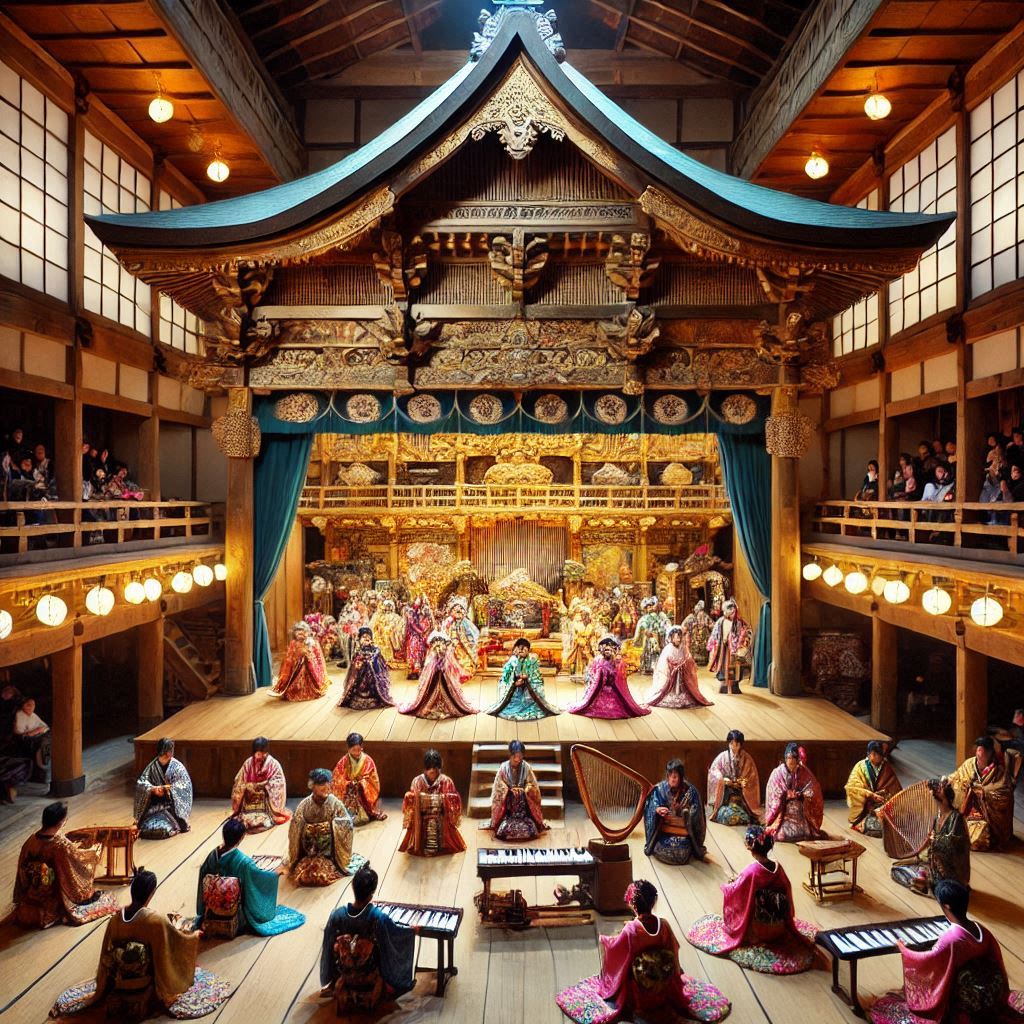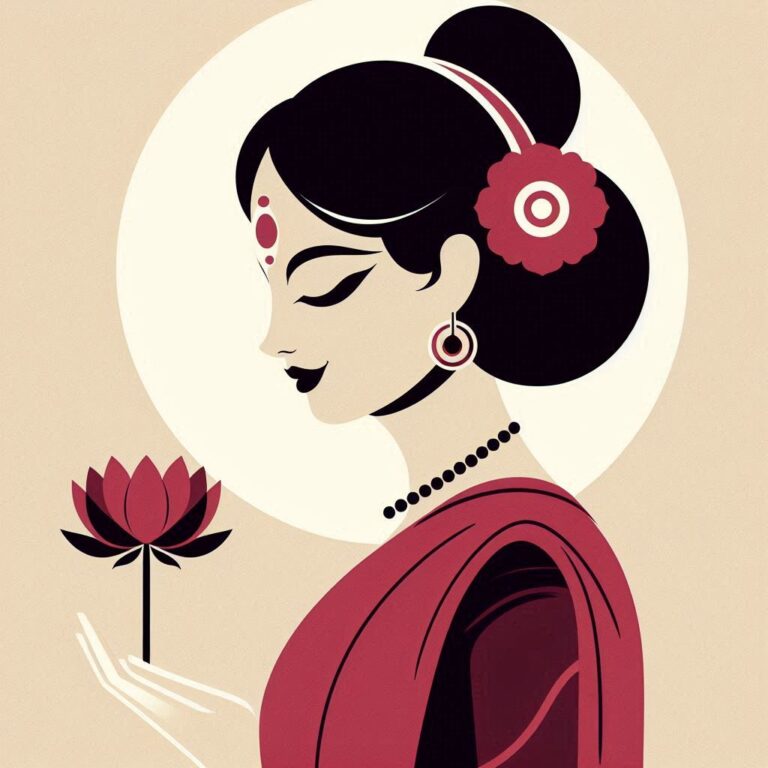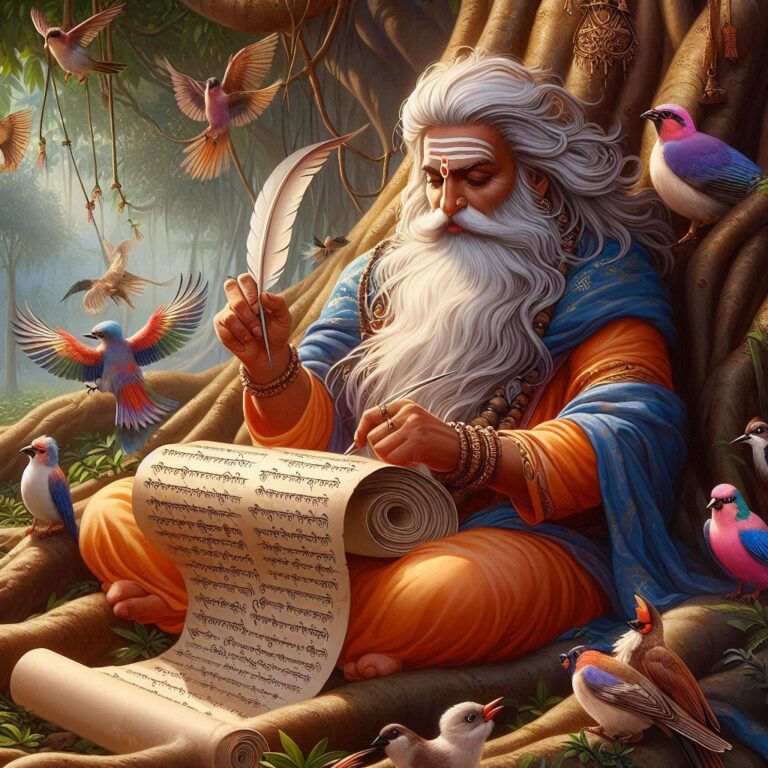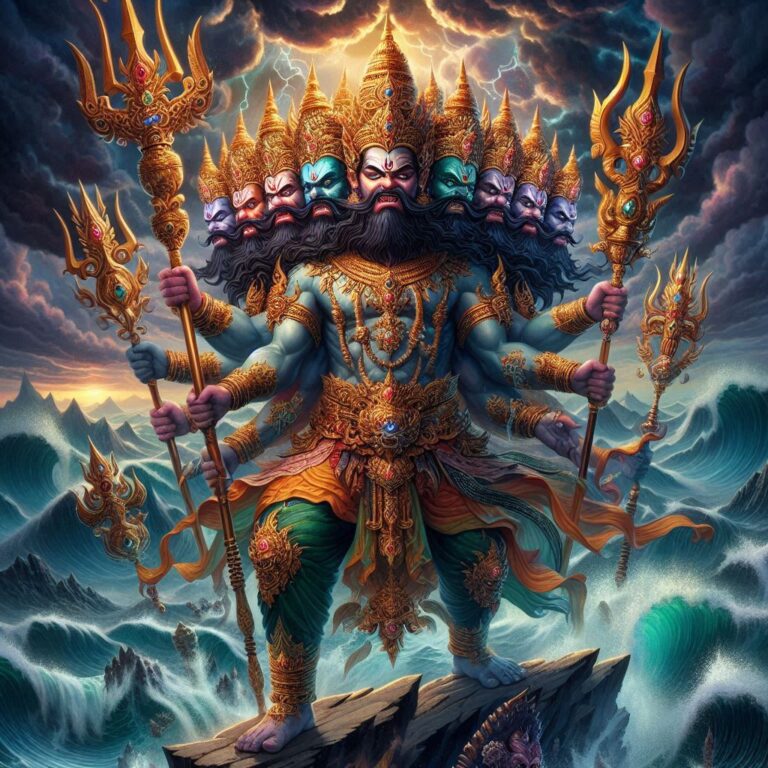The Ramayan’s Impact: Exploring Its Influence on Japanese Culture
The Ramayan in Japan: Influence and Adaptations
When we think about the Ramayan, our minds often drift to its roots in Hindu culture, filled with epic tales, divine adventures, and morals that transcend time. But did you know that this ancient Indian epic has also woven its way into the fabric of Japanese culture? It’s fascinating how stories can travel across oceans and time, morphing into entirely new forms while carrying forward the essence of their origins. So, let’s dive into the intriguing intersection where the Ramayan meets Japan!
The Ramayan: A Quick Overview
Before we explore its impact on Japan, let’s take a brief stroll through the Ramayan itself. Composed by the sage Valmiki, this epic narrates the life of Lord Rama, focusing on his quest to rescue his wife, Sita, from the demon king Ravana. It’s not just an adventure story; it’s brimming with lessons about dharma (duty), loyalty, and righteousness.
Translation of the Ramayan’s Essence
To capture the essence of the Ramayan, let’s reflect on a popular shloka:
श्रीरामं रामभद्रम् च रामजानकिविनार्थम्।
रामायणं प्रपद्येऽहं रामायास्ते नमोऽस्तु मे।।
Shriramam Ramabhadram cha Ramajanakivinartham.
Ramayanam Prapadye’ham Ramayaaste Namo’stu Me.
Translation: I surrender to the illustrious Lord Rama, the embodiment of virtue and the son of Janaki (Sita).
This shloka beautifully encapsulates the reverence surrounding Lord Rama, a sentiment that, surprisingly, resonates even in Japan.
The Journey of the Ramayan to Japan
The journey of the Ramayan into Japan began through cultural exchanges and trade routes centuries ago. Although the epic tale didn’t arrive in its entirety, specific themes and narratives made their way into Japanese literature, art, and even performance, transforming along the way.
Imagine the Ramayan like a seed carried by the wind—once planted in the fertile soil of Japanese culture, it sprouted into unique forms, adapting to local beliefs, aesthetics, and storytelling traditions.
The Influence of Buddhism
The spread of Buddhism from India to Japan served as the primary conduit through which the Ramayan themes entered. Various Buddhist texts and teachings often drew parallels with Ramayanic ideals, focusing on the concepts of right conduct and moral living.
बुद्धं शरणं गच्छामि।
Buddham Sharanaṃ Gacchāmi.
Translation: I take refuge in the Buddha.
In the adoption of Buddhist teachings, one can see the essence of the Ramayan advocated in promoting ethics and consciousness. This adaptation reflects how stories can resonate universally, regardless of regional or cultural barriers.
Adaptations of the Ramayan in Japanese Culture
Once established, the Ramayan-inspired themes found several manifestations in Japan:
1. Literature and Poetry
Japanese literature, particularly during the Heian period, drew significant influence from Indian epics. Works like “The Tale of Genji” show how characters and situations echo the moral dilemmas seen in the Ramayan. There’s an evident exploration of themes like love, loyalty, and the consequences of choices.
How many of us have felt like we were in a real-life Ramayan, torn between duty and love?
2. Theater: Noh and Kabuki
Theater is another striking arena of adaptation. Noh and Kabuki plays often incorporate elements that resonate with the Ramayan, such as ethical struggles and divine interventions. Specific characters, similar to Rama and Sita, showcase similar journeys of overcoming adversity, embodying the universal fight between good and evil.
Imagine watching a Kabuki performance where a heroic figure reminiscent of Rama battles demons, not just physically but also in grappling with inner turmoil!
3. Art and Aesthetics
Japanese art encountered influences from Ramayan themes primarily through paintings and textiles. The protagonists’ love story and epic battles inspired artists to create works that echo the romance and drama of Rama and Sita’s narrative. Many traditional scrolls depict scenes reminiscent of these timeless tales, marrying Indian storytelling with Japanese aesthetics.
The Shared Values of the Ramayan and Japanese Culture
What’s truly fascinating is the parallel values that exist between the Ramayan and Japanese cultural elements. Both cultures celebrate the ideals of family loyalty, bravery, and persevering against evil.
1. Family and Honor
In both the Ramayan and traditional Japanese narratives, family honor stands as a paramount value. Consider the dedication of Lord Rama to his father’s command and how this correlates with the Japanese concept of filial piety—a societal norm that emphasizes respect for one’s parents.
2. Duty and Righteousness
(duty) is the cornerstone of both cultures. The moral dilemmas faced by characters in the Ramayan resonate deeply with Japanese traditions of loyalty and honor in upholding one’s duty, whether it’s a samurai serving his lord or Rama fulfilling his destiny.
3. The Struggle against Evil
Both narratives share an enduring struggle against evil forces, be it Ravana in the Ramayan or demons in Japanese folklore. This universal theme of light triumphing over darkness reflects a shared moral compass.
What if, in our daily lives, we viewed our challenges as opportunities to follow through with our own personal Ramayan?
Conclusion
The Ramayan has journeyed far beyond the boundaries of India, planting seeds in the rich cultural soil of Japan. Through literature, theater, and art, its core values have thrived, adapted, and evolved but remain strikingly relevant.
This exploration reveals how stories, irrespective of their origins, can transcend geographical barriers and transform into something uniquely beautiful while retaining their essence. Isn’t it amazing how a tale over two thousand years old continues to inspire generosity, love, and righteousness across different cultures?
As we reflect on this cultural blend, may we remind ourselves of the powerful stories that connect us all, urging us to uphold the virtues of love and duty in our lives.
FAQs
Q1: How did the Ramayan first reach Japan?
A1: The Ramayan reached Japan primarily through the spread of Buddhism, which brought along Indian concepts and narratives.
Q2: Are there specific Japanese works directly inspired by the Ramayan?
A2: While there aren’t direct adaptations, many Japanese literary and theatrical works draw on themes and moral lessons reminiscent of the Ramayan.
Q3: How does the theme of family loyalty manifest in both cultures?
A3: In both the Ramayan and Japanese traditions, characters demonstrate unwavering dedication to family and higher principles, emphasizing the importance of honor.
Q4: What are some artistic representations of the Ramayan in Japan?
A4: Traditional Japanese art, including paintings and scrolls, depicts scenes and characters inspired by the Ramayan, blending Indian themes with Japanese aesthetics.
Q5: Can modern Japanese literature still find inspiration from the Ramayan?
A5: Absolutely! Contemporary Japanese literature continues to explore universal themes of duty, love, and moral dilemmas, paralleling the essence of the Ramayan.








